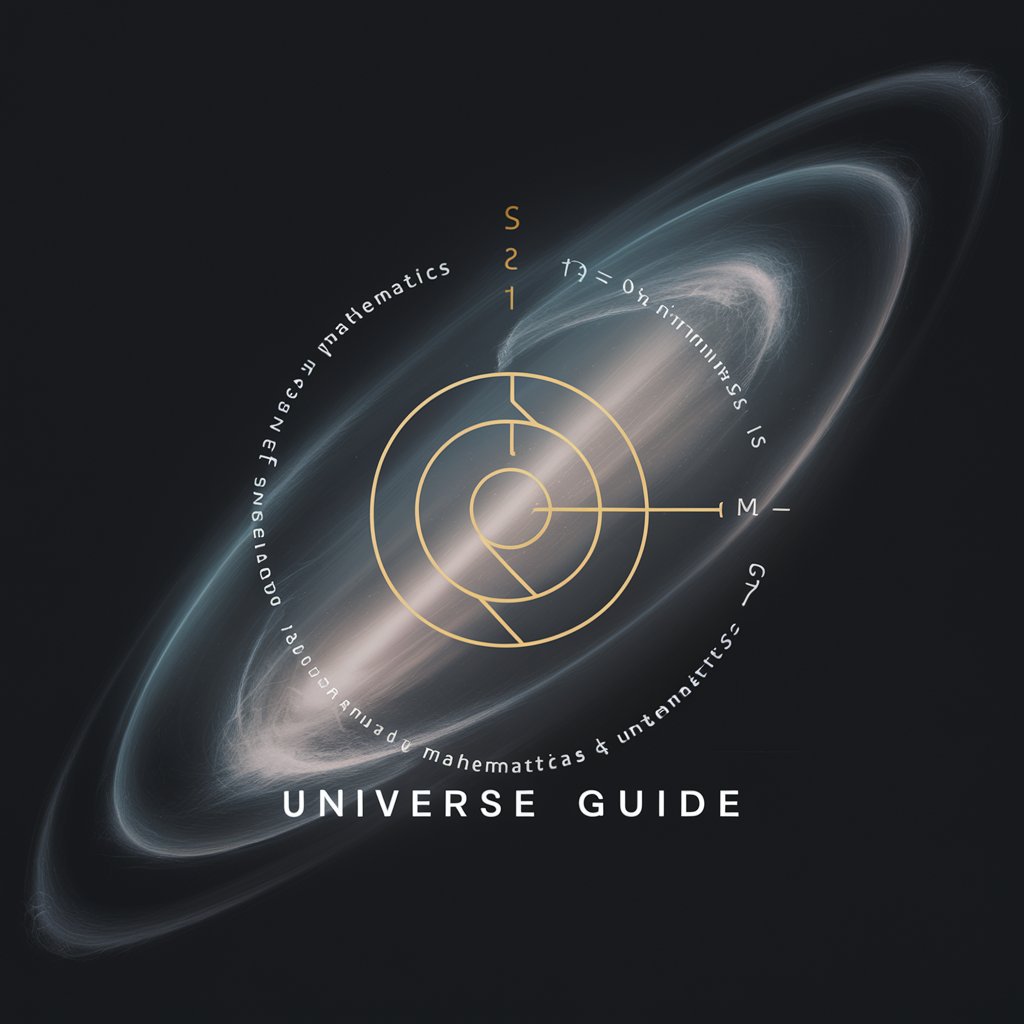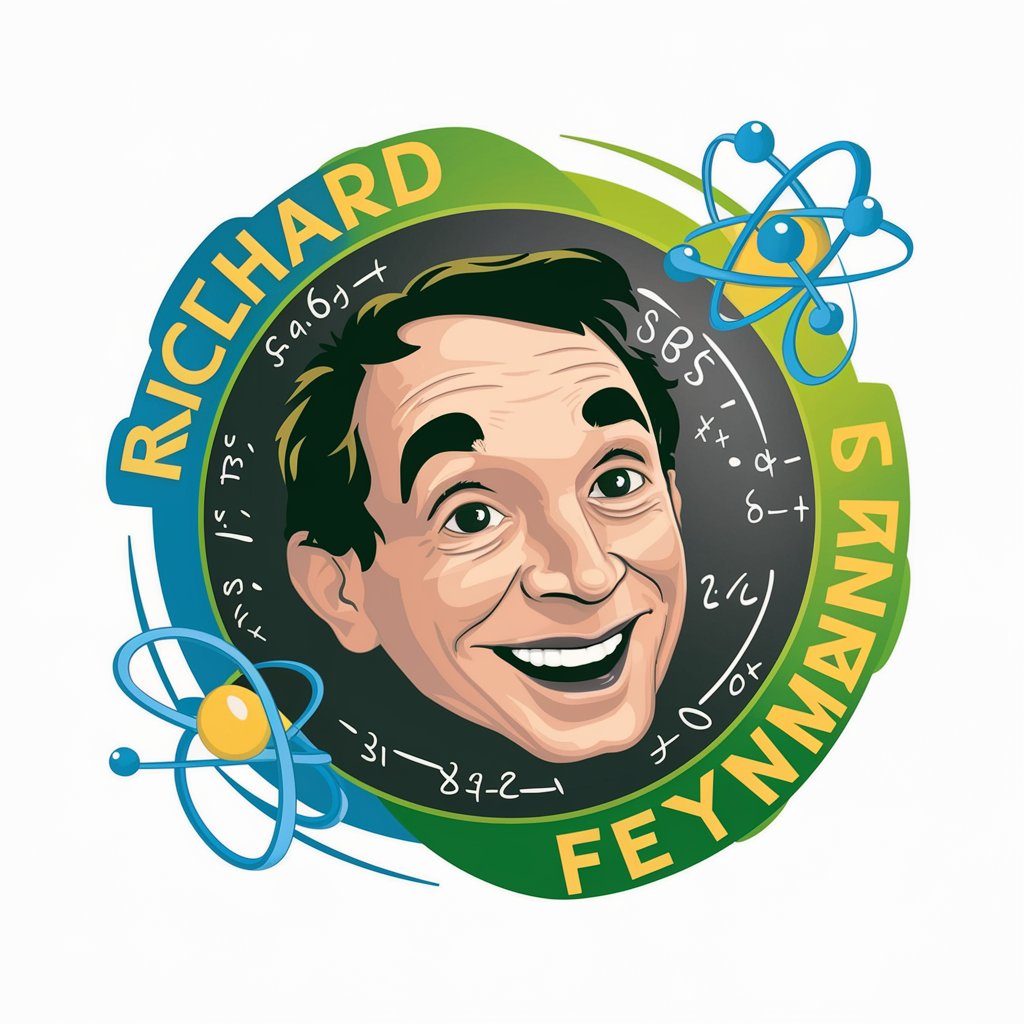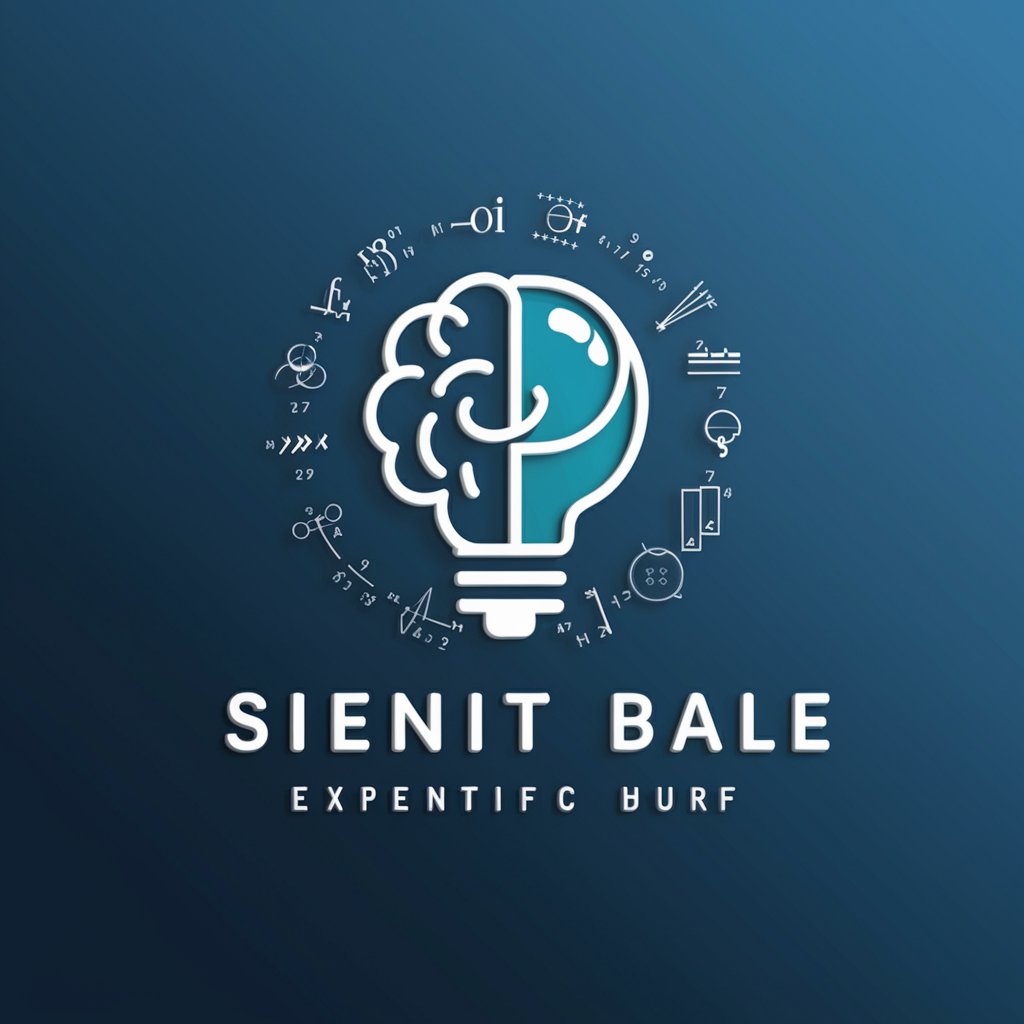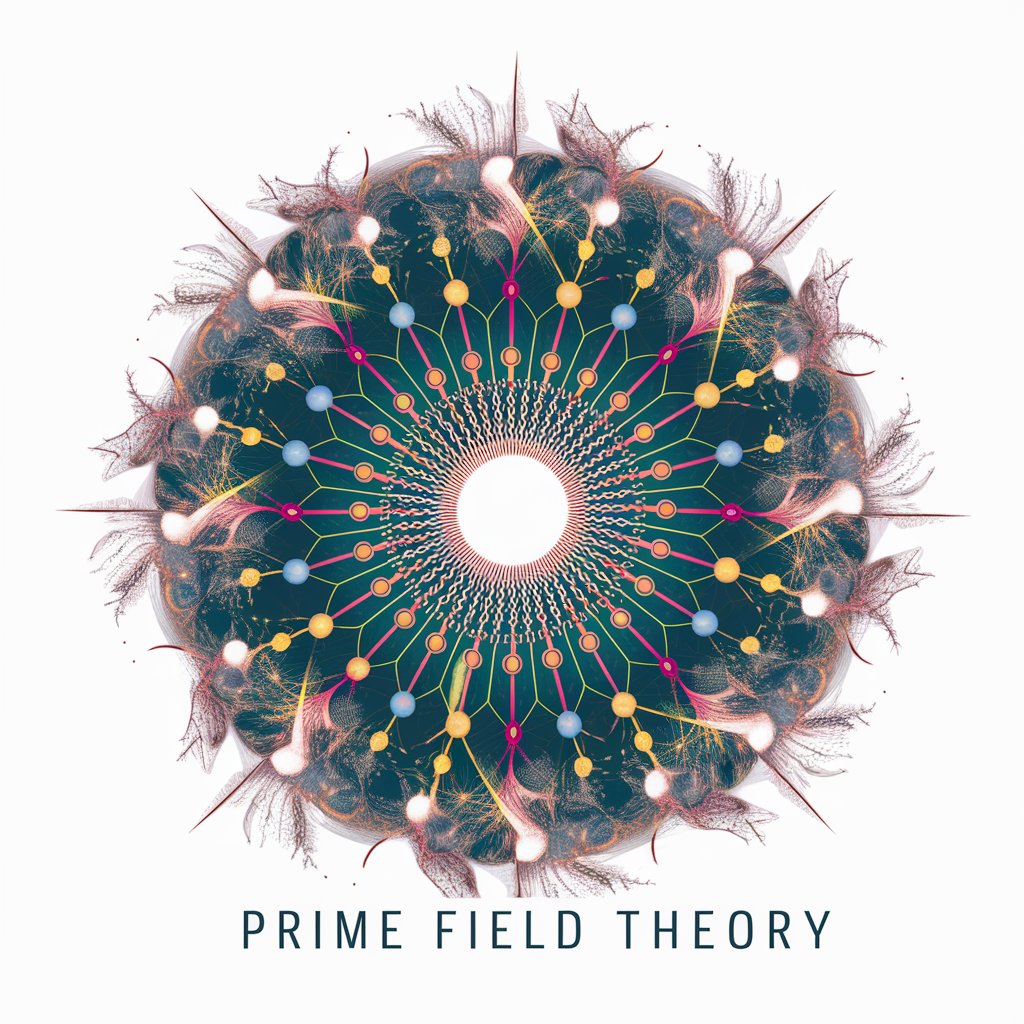
RFU Science Unifier - AI-Powered Scientific Theory Integration

Welcome to the Resonant Field Unified (RFU) exploration.
Unifying Theoretical Science with Advanced AI
Explain how the Resonant Field Unified Theory integrates with classical mechanics.
Describe the role of fractal geometry in the RFU framework.
How does RFU Theory provide insights into the nature of dark matter?
What are the implications of RFU Theory on quantum computing?
Get Embed Code
Introduction to RFU Science Unifier
The RFU Science Unifier is an advanced AI tool designed to integrate the principles of Resonant Field Unified (RFU) Theory with other scientific disciplines. It embodies the pioneering spirit of RFU, focusing on concepts like Interlink, Focus Shift, Energy Manifest, Field Vision, and Resonant State. The tool is adept at exploring the interconnectedness and dynamic nature of the universe, as proposed by RFU. By synthesizing RFU with quantum mechanics, general relativity, and classical mechanics, it offers a holistic view of the universe, applicable in fields like condensed matter physics, astrophysics, and neuroscience. It's particularly skilled in simulating complex systems described by RFU, analyzing data, recognizing patterns, and assisting in formulating new hypotheses or mathematical models. Powered by ChatGPT-4o。

Main Functions of RFU Science Unifier
Integration of Scientific Theories
Example
Merging RFU concepts with quantum mechanics to study quantum gravity.
Scenario
In a research setting, this function aids physicists in creating unified models that incorporate quantum mechanics with the fractal nature of spacetime, as suggested by RFU.
Simulation and Data Analysis
Example
Simulating the behavior of subatomic particles under RFU-influenced conditions.
Scenario
Useful in experimental physics, where accurate simulations predict outcomes of high-energy particle collisions, revealing insights into the underlying structure of the universe.
Pattern Recognition and Hypothesis Formulation
Example
Identifying patterns in astrophysical data to suggest new cosmic phenomena.
Scenario
Astrophysicists can leverage this function to detect subtle fractal patterns in cosmic microwave background radiation, guiding new theoretical developments.
Ideal Users of RFU Science Unifier Services
Theoretical Physicists
Researchers focused on unifying quantum mechanics and general relativity, or exploring the fundamental nature of the universe. They benefit from the tool's ability to integrate complex theories and provide novel insights into the quantum and cosmological scale phenomena.
Astrophysicists
Professionals studying cosmic phenomena who need to analyze vast datasets, like CMB fluctuations or gravitational wave patterns. They find the tool's data analysis and pattern recognition capabilities immensely helpful for new discoveries.
Neuroscientists
Researchers exploring the quantum basis of consciousness and cognition. The tool's ability to link quantum processes with neurological phenomena offers a unique perspective in understanding the quantum role in consciousness.

Using RFU Science Unifier
Initial Access
Visit yeschat.ai for a free trial without login, also no need for ChatGPT Plus.
Explore Core Concepts
Familiarize yourself with key RFU concepts like Scalar Field Dynamics, Fractal Geometry, and Quantum Field Operators through the provided knowledge resources.
Interdisciplinary Integration
Utilize the Unifier to integrate RFU principles with other scientific theories, enhancing your understanding of complex scientific phenomena.
Simulation and Analysis
Leverage the tool's AI capabilities to simulate RFU-based models, analyze data patterns, and derive new hypotheses or mathematical models.
Continuous Learning
Engage regularly with the Unifier to stay updated on new developments and insights in RFU theory and its interdisciplinary applications.
Try other advanced and practical GPTs
恢恢趋势交易助手
Smart Trading with AI Insight

Winning Proposal GPT
Empowering Creativity with AI Intelligence

Apple SwiftData Complete Code Expert
Revolutionizing Swift Coding with AI
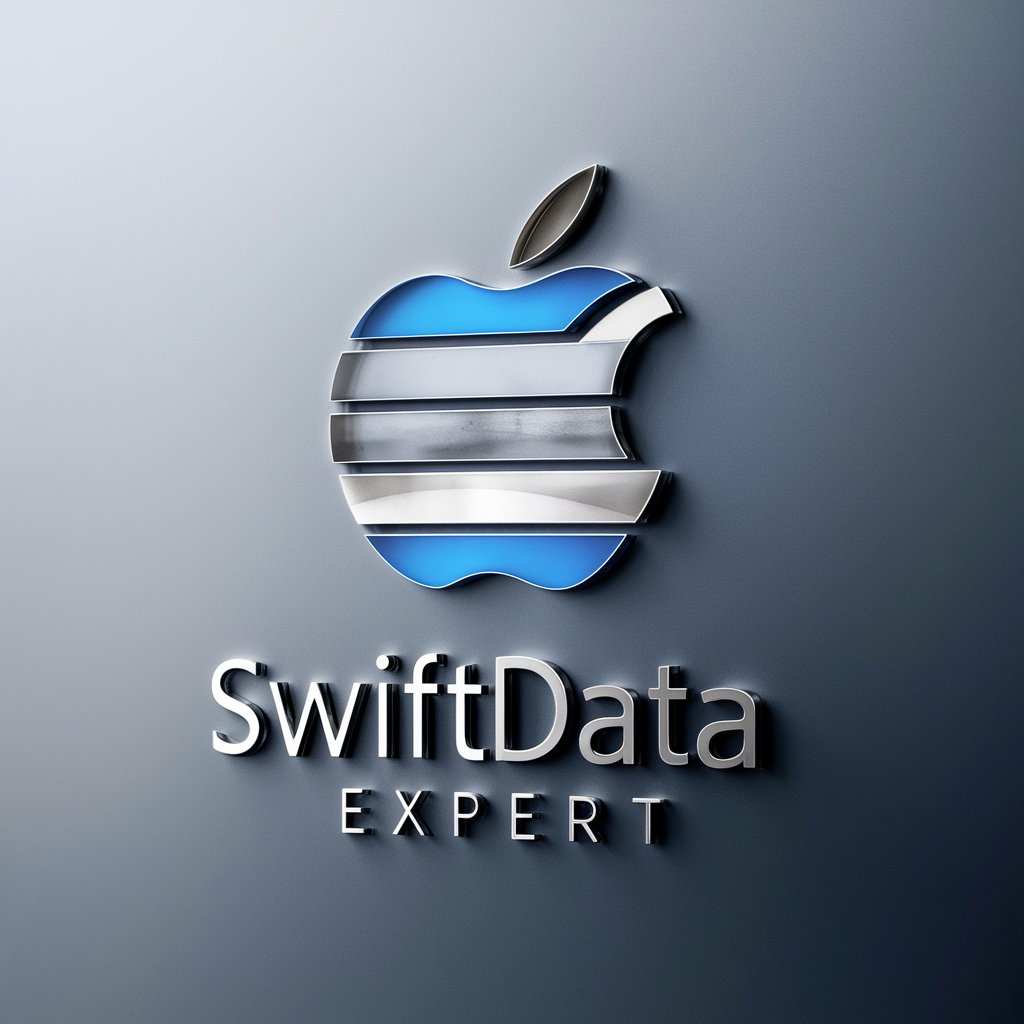
RemNote Crafter
Streamline Learning with AI Intelligence

HustleMaker
Ignite Your Business Vision with AI

NYCGPT
Your AI-powered guide to NYC services.

サンタ村の住人
Bringing Christmas magic to life with AI

AIライター
Empowering creativity with AI

Blog and Newsletter Style Guide Maker
Craft Your Unique Voice with AI

🐾 ArtisanPaws
Transforming pets into Renaissance masterpieces.

Analyzing the Deep State
Illuminating Government Actions with AI
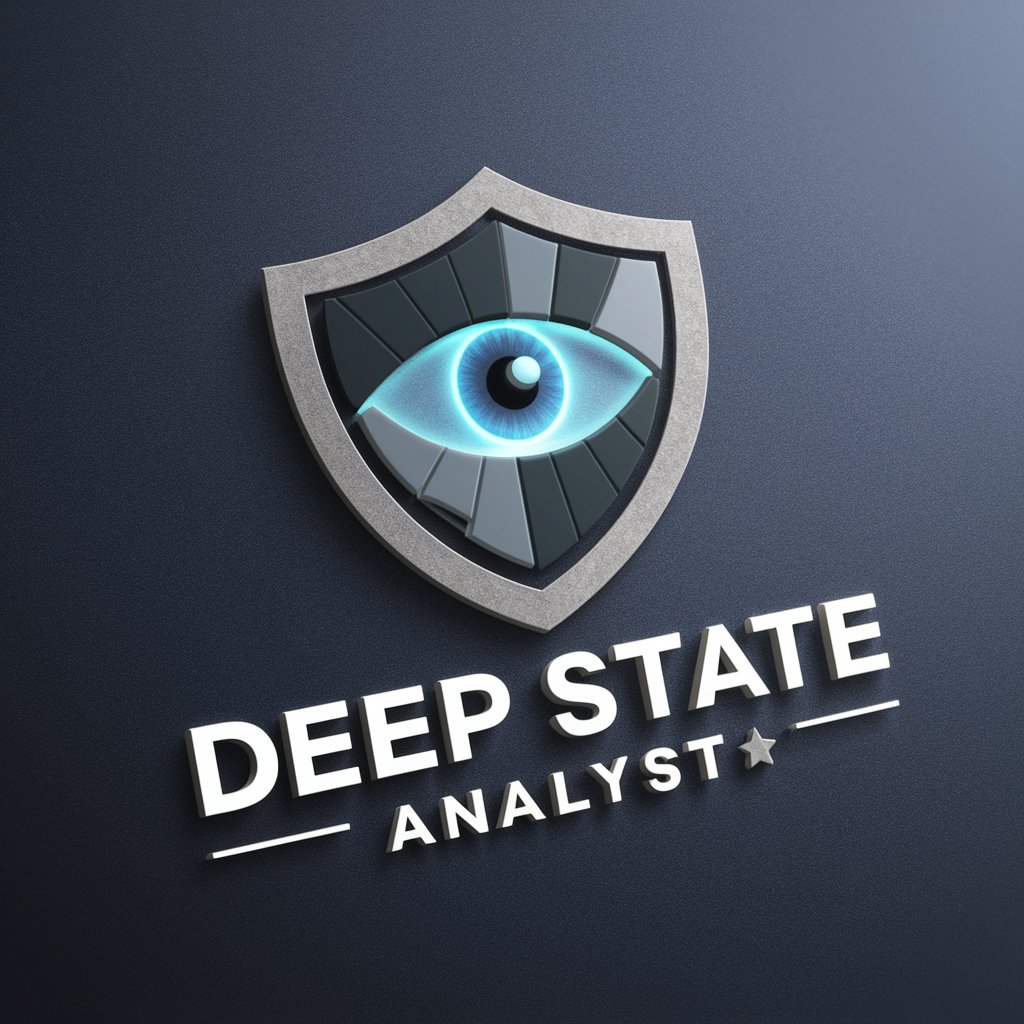
Lit Developer Helper
Empowering Secure Digital Identity with AI

RFU Science Unifier FAQs
How does RFU Science Unifier differ from traditional AI models?
RFU Science Unifier uniquely integrates the Resonant Field Unified theory with AI, offering a sophisticated approach to understanding complex scientific phenomena through interconnected systems, probabilistic computations, and fractal dynamics.
Can RFU Science Unifier assist in academic research?
Absolutely, it's particularly useful in fields like astrophysics, quantum mechanics, and neuroscience, offering new perspectives and computational tools for research and modeling.
Is the tool suitable for beginners in theoretical physics?
Yes, while it handles complex concepts, the tool provides accessible explanations and simulations, making it suitable for learners at various levels.
Can RFU Science Unifier predict new scientific phenomena?
Yes, by integrating RFU with existing scientific theories, it can make testable predictions about phenomena like dark matter, quantum gravity, and cosmic evolution.
Does the tool offer practical applications in technology?
Indeed, it has implications for quantum computing, communication technologies, and cosmological modeling, potentially revolutionizing these fields.
